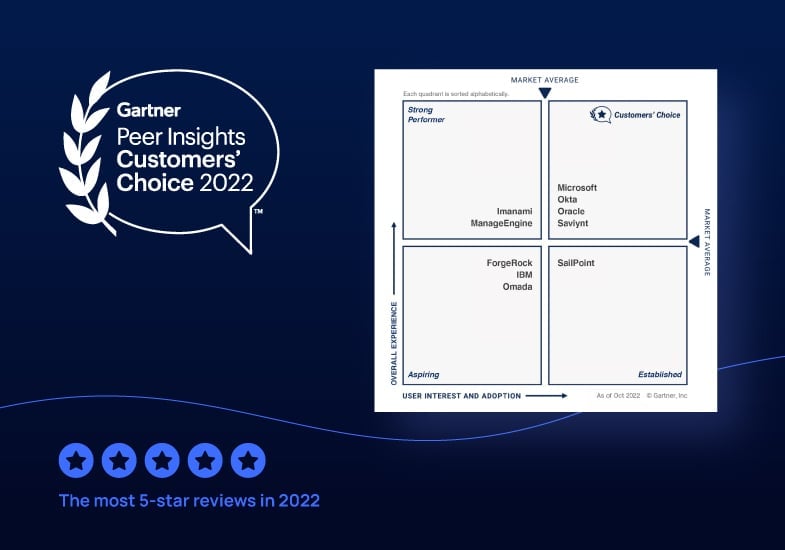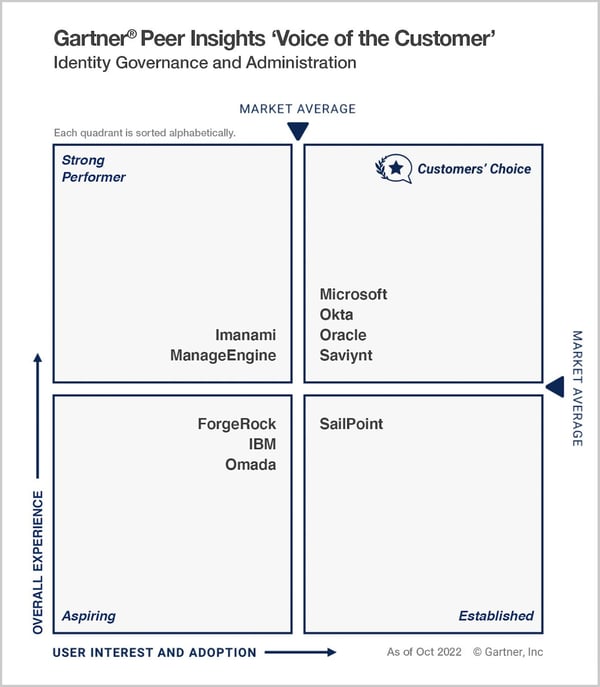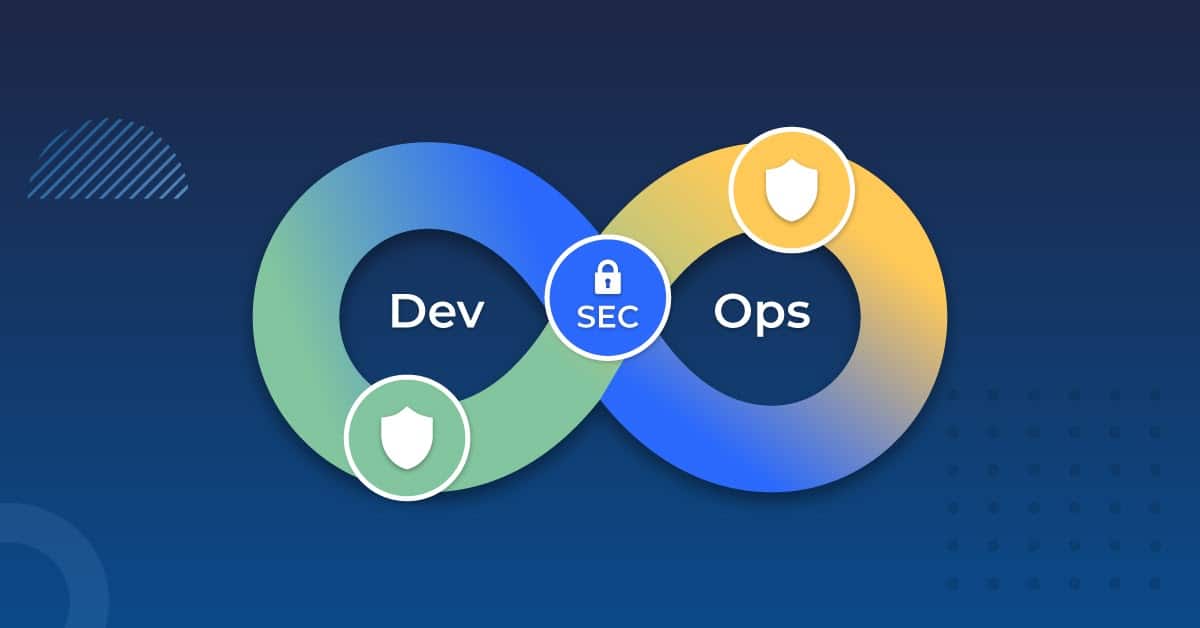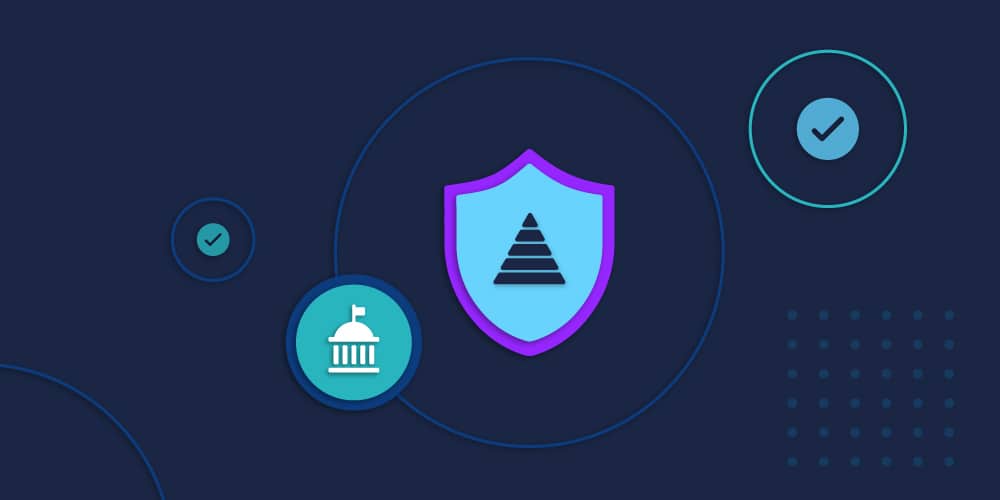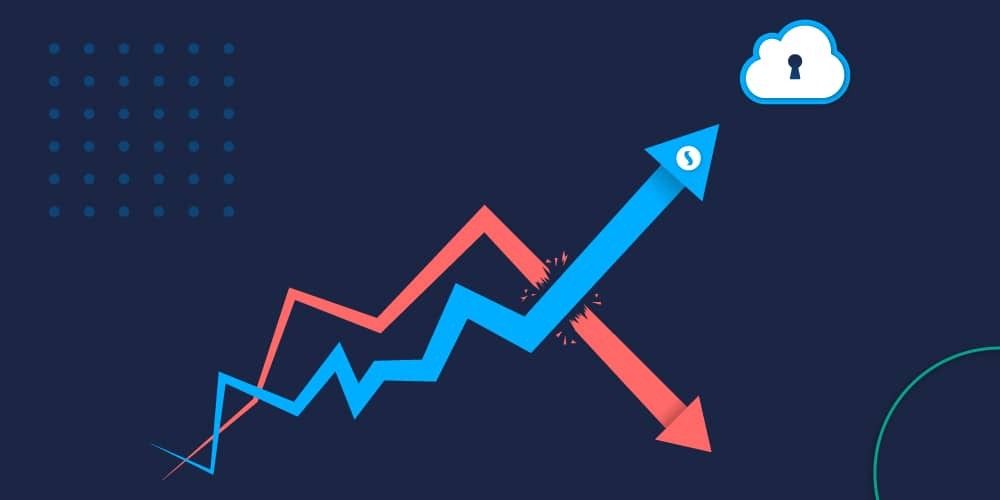The Elements of a Complete IGA Suite
Full-featured IGA solutions have become increasingly important in recent years. Ongoing business transformation initiatives and remote work have changed the cybersecurity landscape, elevating identity as the new security perimeter. This digital transformation can serve as a catalyst for the modernization of governance programs. Remote workers and reliance on third-party vendors and contractors are the new normal, but they introduce security risks. At the same time, IT ecosystems are growing, with skyrocketing numbers of silicon identities (bots, loT, workloads) that expand the attack surface. And privacy regulations, in an effort to keep up with the evolving threats, continue to evolve.
IGA brings together user provisioning, entitlement discovery, improved decision-making processes, and access reviews and certifications with identity lifecycle. Inappropriate and outdated access to company resources is common across many enterprise IAM programs today, creating substantial risk. Comprehensive IGA programs can help identify and manage these risks and address compliance requirements.
In contrast, light solutions offer basic IGA functionality and may be well suited for smaller organizations in lightly regulated industries, but they lack the features needed to support complex workflows, separation of duty (SoD), reporting, and coverage for the on-premises and multi-cloud environments many organizations need. Additional point products would need to be added and integrated to meet outlying needs, contributing to increased management, training and potential professional services, leaving organizations right where they started: with an IT and security stack that costs more, is difficult to manage, doesn’t shrink the threat landscape, and is built with point solutions.
